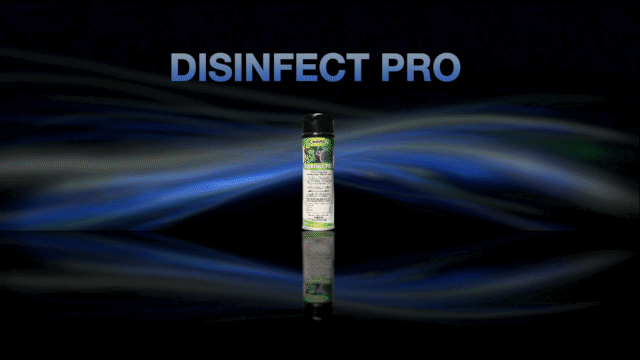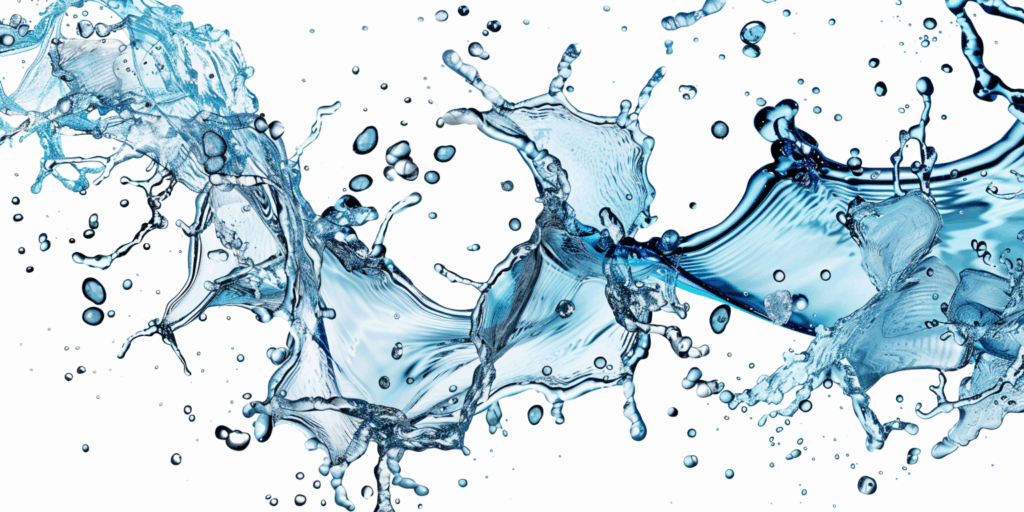Cleaning a Glycol Hydronic System | Vapco Guide

A crucial part of maintaining your heating and cooling system is cleaning a glycol hydronic system. Your hydronic system is a hardworking machine, and the glycol fluid inside is its lifeblood. While we pay a lot of attention to the glycol itself, there’s a hidden enemy lurking inside your pipes that can drain your wallet and damage your equipment: dirt.
Frequently Asked Questions: A Guide to HVAC and Facility Disinfection with Disinfect Pro

This FAQ guide is for HVAC professionals to understand the key aspects of HVAC and facility disinfection with Disinfect Pro. It helps you confidently answer client questions about product safety, application, and value.
The Professional’s Guide to Fall HVAC Disinfection with Disinfect Pro

Fall is the perfect time for HVAC professionals to offer more than just routine maintenance. A proactive HVAC disinfection strategy is key to improving indoor air quality and facility hygiene as people spend more time indoors. Learn how Disinfect Pro is the versatile, all-purpose tool that helps you enhance system efficiency and create a healthier environment for your clients.
Glycol for Pros: Top 5 Questions

For pros in the field, understanding glycol is essential. Ultimately, the right choice in glycol for pros is a crucial component for protecting systems from extreme temperatures.
Top 9 HVAC Inject Myths Busted: A Professional’s Guide to AC Performance

Many homeowners and even some professionals are skeptical of performance-enhancing injects, believing they are all hype or could even harm an AC system. In this guide, we bust the top 10 myths surrounding HVAC injects, separating fact from fiction. Discover the truth behind these professional-grade solutions and learn how they can safely improve a system’s efficiency, reduce energy bills, and protect a unit for years to come.
